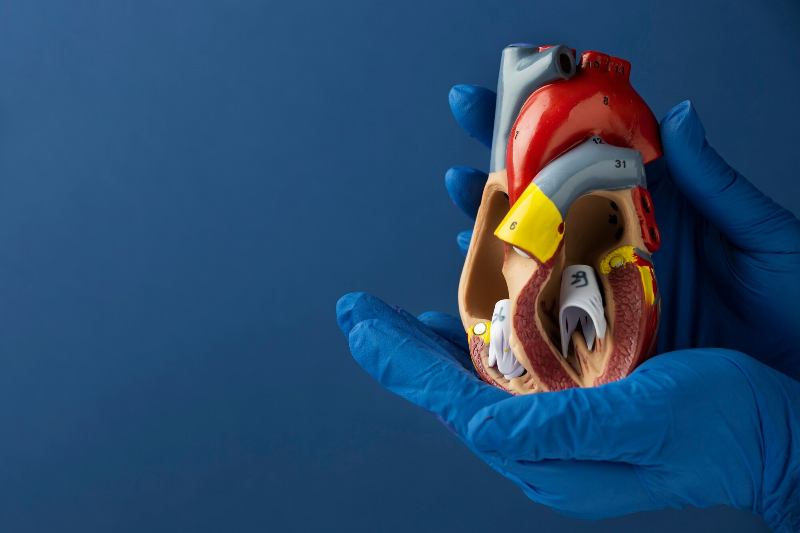by International Society for Stem Cell Research
Researchers join forces in a consortium called SSPsyGene with the joint goal of characterizing the genetic origins of neurodevelopmental and psychiatric disorders (NPD) focusing on 250 selected high-risk genes. In the initial phase of the project, the teams tested 23 NPD risk genes. The resulting stem cell lines will be made available to other researchers worldwide to facilitate research on those risk genes and their contribution to NPD. Credit: MiNND group
Researchers developed a method for mutating neurodevelopmental and psychiatric disorders (NPD) risk genes in human stem cells at large scale. In the modified cells, a selected NPD risk gene is mutated so that it no longer makes a functional protein. The modified stem cells can subsequently be turned into neurons and other brain cells to model the consequences of risk gene mutations in a simplified, lab-based version of the human brain.
In the initial phase of the project, the teams tested 23 NPD risk genes. They detail their work in an article in the journal Stem Cell Reports. The resulting stem cell lines will be made available to other researchers worldwide to facilitate research on those risk genes and their contribution to NPD.
Neurodevelopmental and psychiatric disorders (NPD) including schizophrenia, bipolar disorder, autism, and depression are detrimental to individuals, their families and society as a whole, and in many cases still lack effective treatments. It's becoming more and more clear that genetic mutations in certain genes can increase the likelihood of developing NPD, and several hundreds of those "risk genes" have been identified to date, but their role related to NPD remains a mystery.
"Very little is known about the basic function of most of these genes, and what we do know often comes from work in cancer cell lines rather than brain cell types," says David Panchision, Chief of the Developmental and Genomic Neuroscience Research Branch at the National Institute of Mental Health (NIMH), who spearheaded the SSPsyGene program aiming to tackle this challenge.
"As such, we still don't have a clear understanding of how alterations in these genes may work individually or in combination to contribute to neurodevelopmental and psychiatric disorders."
To get to the bottom of this, the National Institute of Mental Health (NIMH) initiated a consortium called SSPsyGene in 2023, uniting research teams from US universities with the joint goal of characterizing the genetic origins of NPD, focusing on 250 selected high-risk genes.
Among the contributors are Jubao Duan, Endeavor Health (formerly NorthShore University Health System) and University of Chicago, U.S. and Zhiping Pang, Rutgers University, U.S. with their teams, who developed a method for mutating NPD risk genes in human stem cells at large scale. In the modified cells, a selected NPD risk gene is mutated so that it no longer makes a functional protein.
The modified stem cells can subsequently be turned into neurons and other brain cells to model the consequences of risk gene mutations in a simplified, lab-based version of the human brain.
In future work, Pang, Duan and the other members of the consortium will join forces to generate mutated stem cell lines for a much larger number of risk genes, with the ultimate goal of understanding the genetic causes of NPD and for generating better treatments.
"The hope is that this collaborative work will generate a highly impactful resource for the neuroscience and psychiatric research community," Panchision says.
More information: Scaled and Efficient Derivation of Loss of Function Alleles in Risk Genes for Neurodevelopmental and Psychiatric Disorders in Human iPSC, Stem Cell Reports (2024). DOI: 10.1016/j.stemcr.2024.08.003. www.cell.com/stem-cell-reports … 2213-6711(24)00241-8
Journal information: Stem Cell Reports
Provided by International Society for Stem Cell Research







Post comments